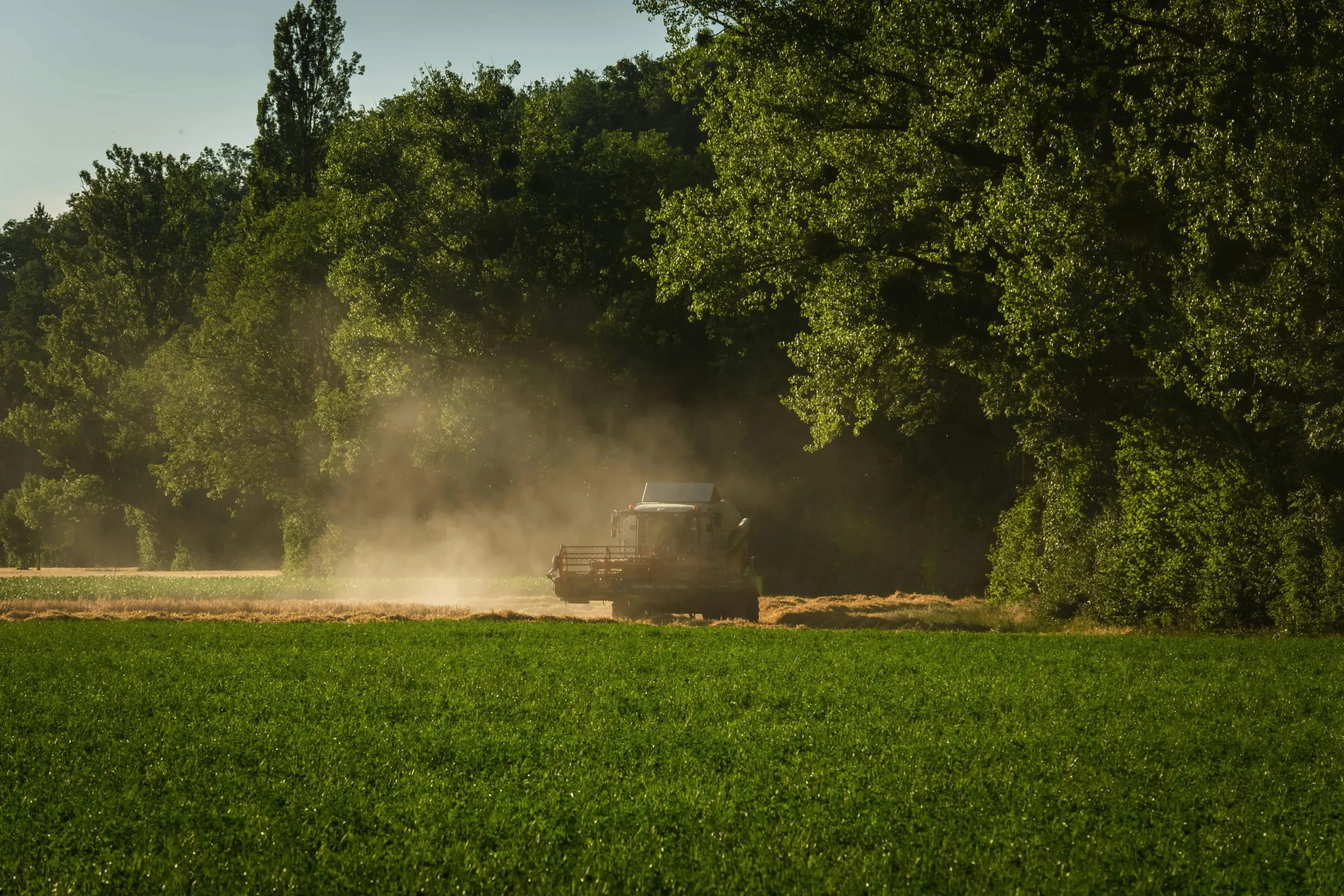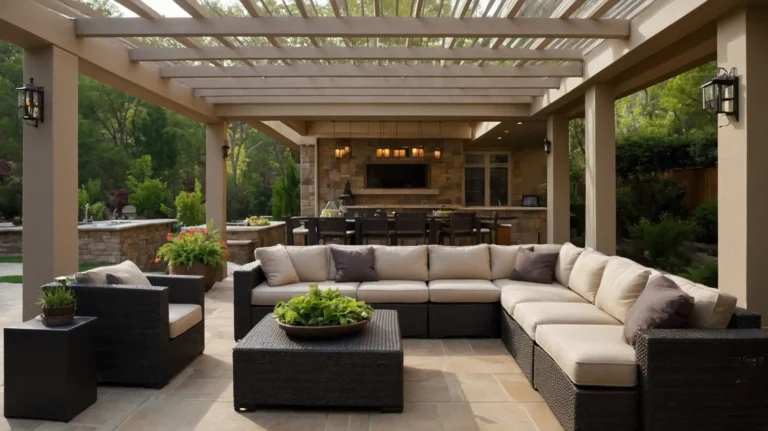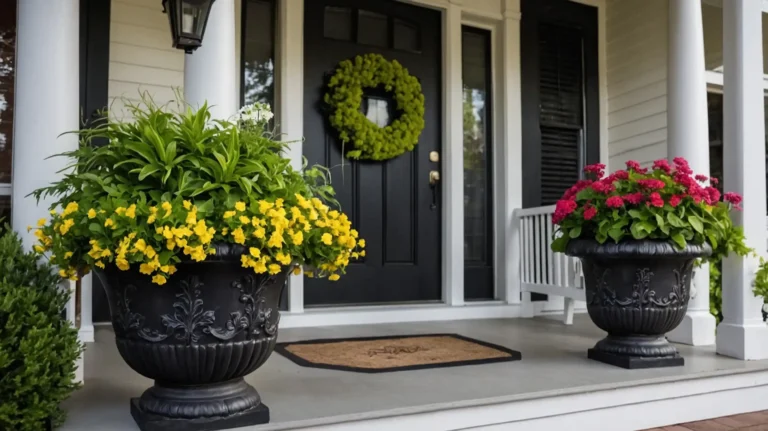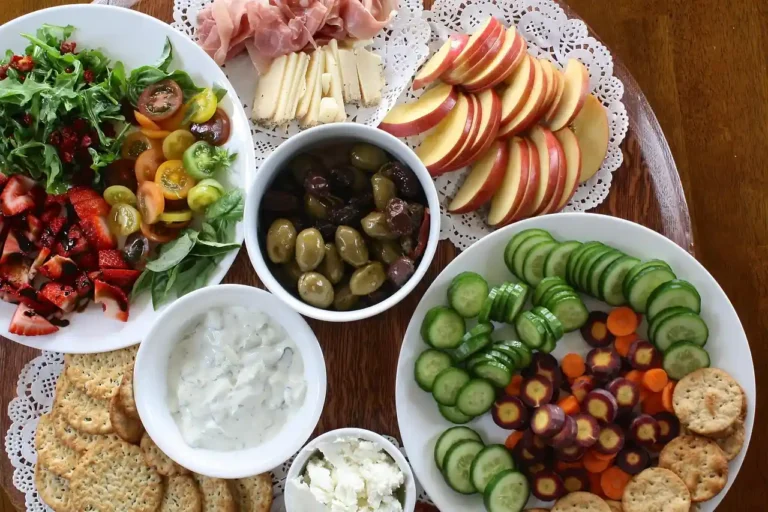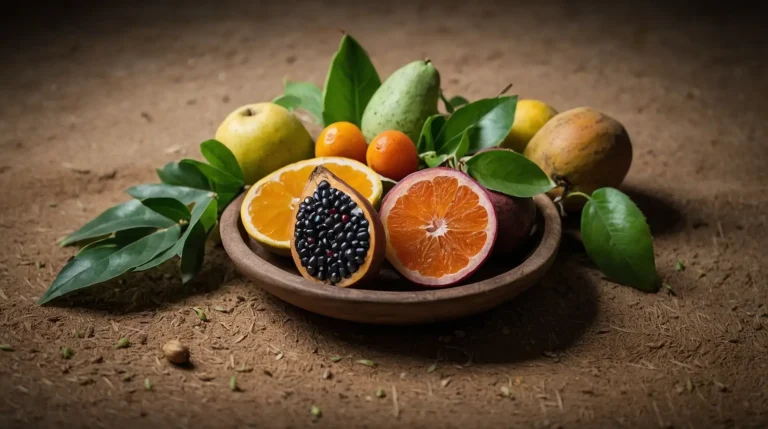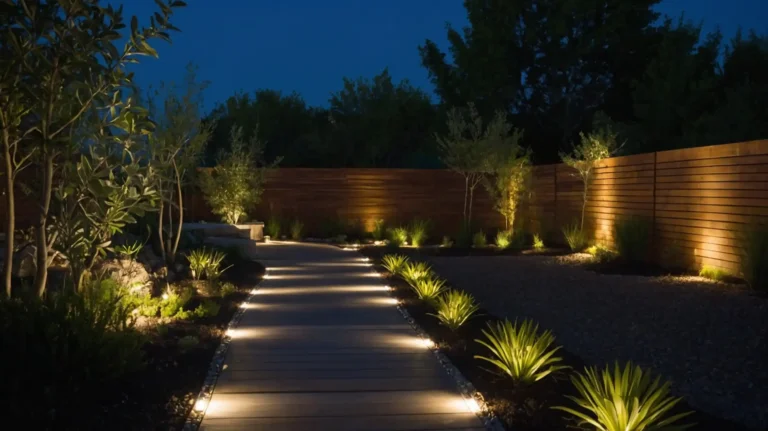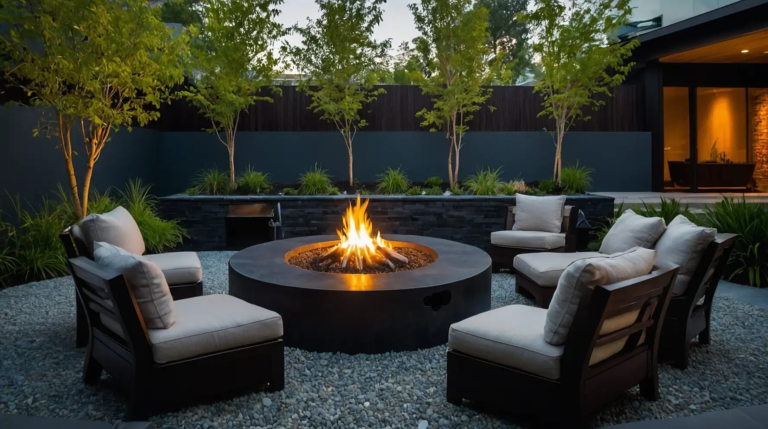How Much Sun Does a Garden Need? Your Complete Guide
You step outside with your morning coffee, dreaming of the perfect garden.
But before you start planting, you need to answer one crucial question: how much sun does your garden actually need?
Understanding your garden’s light requirements will make the difference between thriving plants and disappointing results.
Understanding Garden Light Categories

Your garden receives light in three main categories, and knowing these will transform your planting success. Full sun areas get six or more hours of direct sunlight daily.
These spots work perfectly for vegetables like tomatoes, peppers, and most herbs. Partial sun or partial shade areas receive three to six hours of direct sunlight.
You’ll find these conditions ideal for lettuce, spinach, and many flowering perennials. These zones often get morning sun but afternoon shade, or filtered light throughout the day.
Full shade areas get less than three hours of direct sunlight daily.
Don’t worry if you have these spots – they’re perfect for hostess, ferns, and other shade-loving plants that actually prefer protection from intense sun.
Assessing Your Garden’s Sunlight
You need to become a sunlight detective to understand your garden’s unique conditions. Spend a weekend observing your yard at different times.
Check the same spots at 9 AM, noon, 3 PM, and 6 PM to see how shadows move throughout the day.
Take notes or photos of each area during your observation period. Trees, buildings, and fences create changing shadow patterns as the sun moves across the sky.
What looks sunny in the morning might be completely shaded by afternoon. Remember that sunlight patterns change with the seasons.
Your garden receives more light in summer when the sun sits higher in the sky. Trees without leaves in winter allow more light through, but they’ll create deeper shade once they leaf out in spring.
Matching Plants to Your Light Conditions
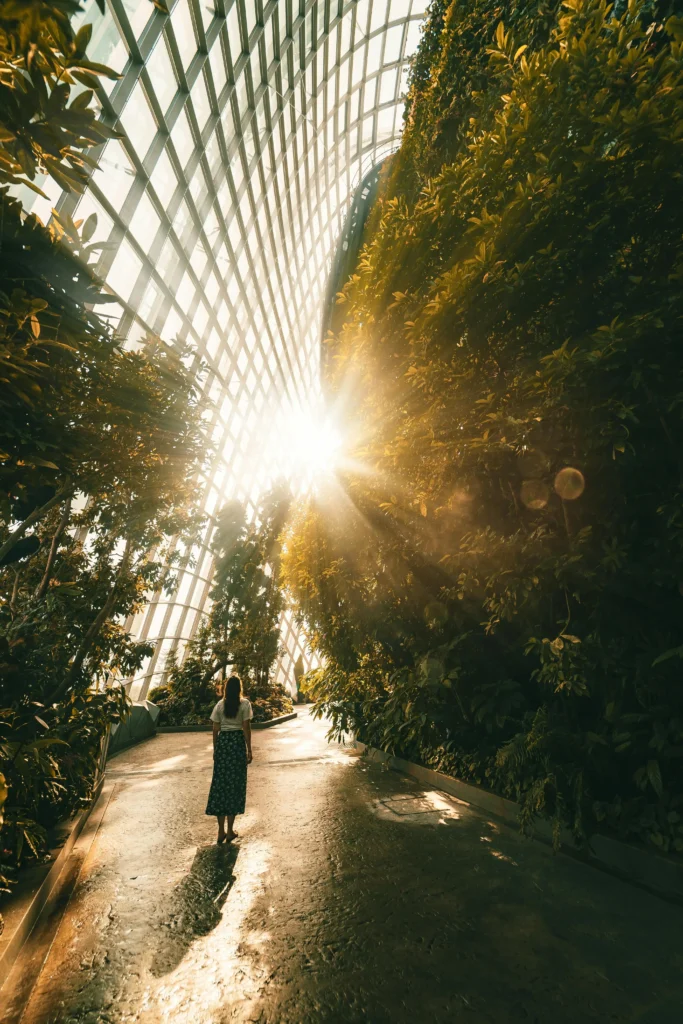
Once you know your garden’s light patterns, you can choose plants that will thrive in each area.
Most vegetables need full sun to produce well, so reserve your sunniest spots for your edible garden.
Tomatoes, squash, and beans will reward you with abundant harvests when they get enough light.
Your partial shade areas open up exciting possibilities for a diverse garden.
Many herbs like parsley, cilantro, and chives actually prefer some protection from intense afternoon sun.
Flowers like impatiens, begonias, and coleus create stunning displays in these conditions.
Embrace your shady spots rather than fighting them. Shade gardens can be incredibly beautiful and low-maintenance.
Hosta’s provide gorgeous foliage in dozens of varieties, while astilbe adds delicate, colorful plumes in spring and early summer.
Working with Challenging Light Situations
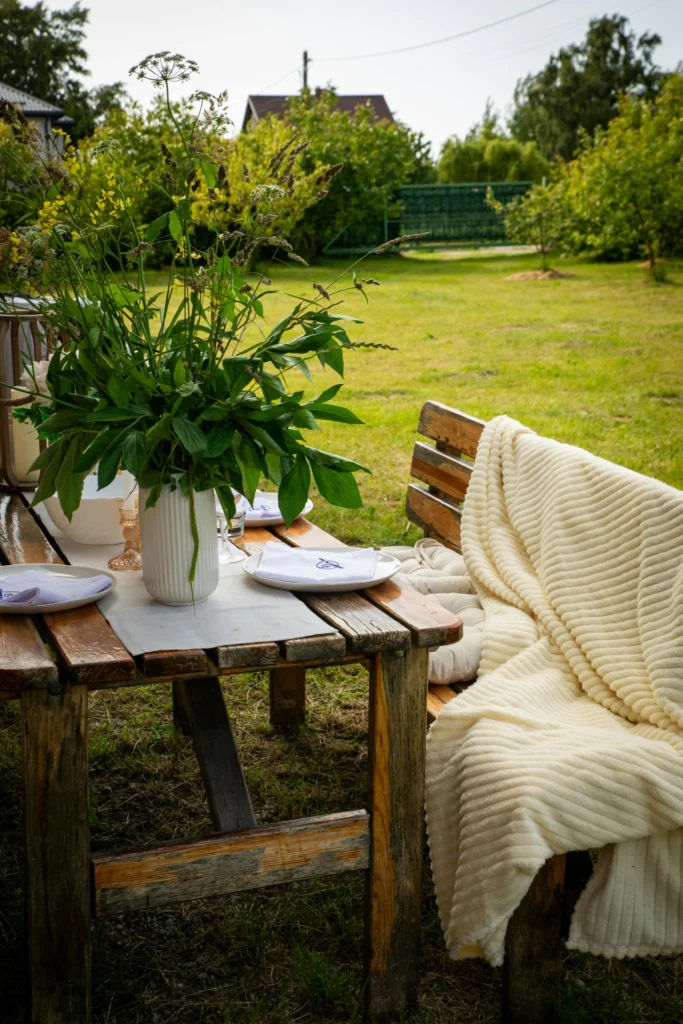
You can modify your garden’s light conditions with some creative solutions. Pruning lower branches from trees allows more dappled light to reach the ground below.
This technique works especially well for creating partial shade conditions perfect for many plants.
Reflective surfaces like light-colored mulch or strategically placed mirrors can bounce additional light into darker areas.
White or silver mulch around plants increases the light they receive while also helping retain soil moisture.
Consider container gardening if your yard lacks adequate sunlight. You can move containers to follow the sun throughout the day or season.
This flexibility lets you grow sun-loving plants even if your permanent garden beds don’t receive enough light.
Conclusion
Understanding your garden’s sunlight needs sets you up for gardening success.
Match your plants to your light conditions, and you’ll enjoy a thriving, beautiful garden year after year.

